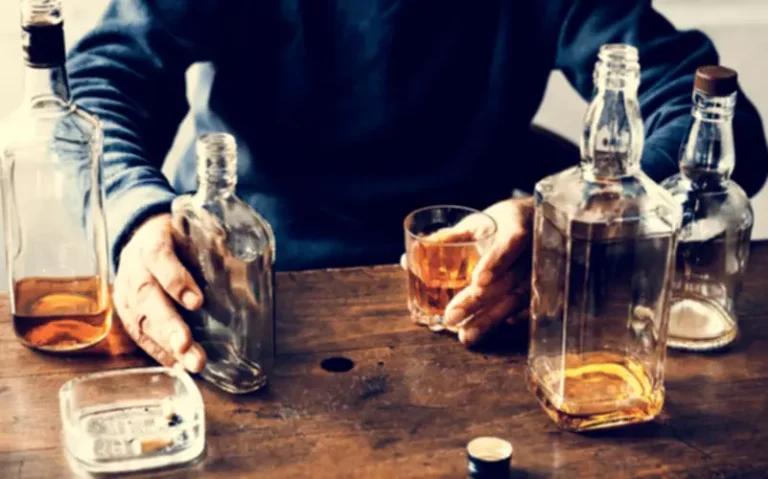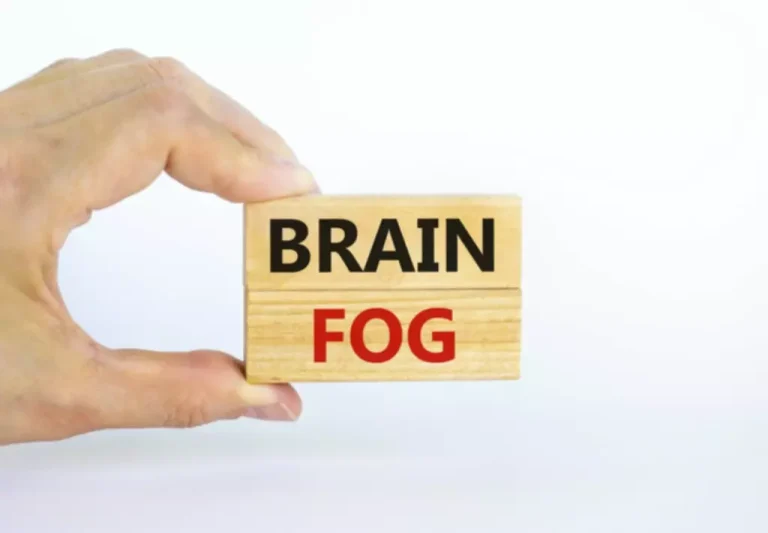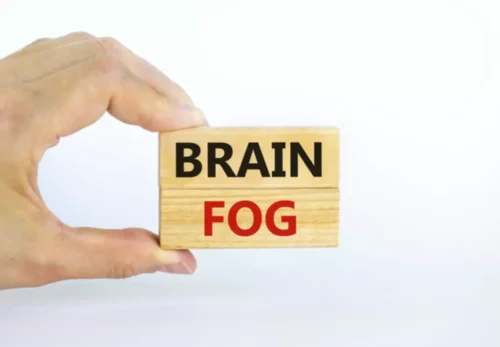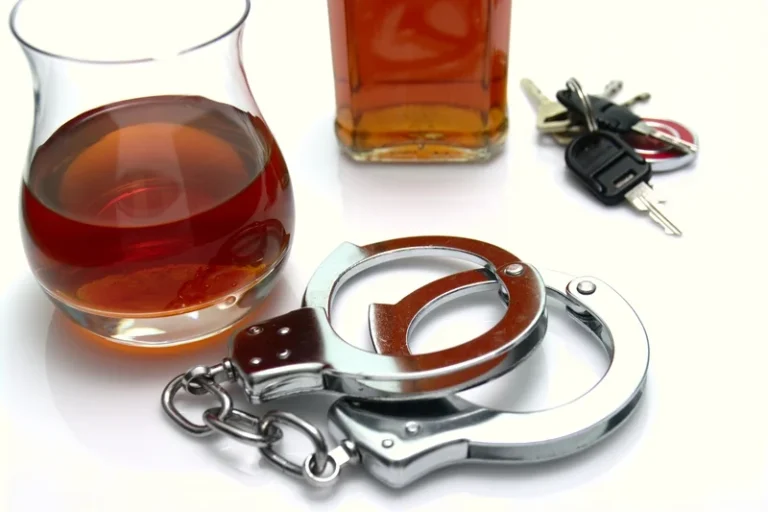
While the foundations of treatment are similar, there are notable differences in how drug and alcohol addiction are addressed. We are committed in helping individuals, families and communities achieve full recovery and freedom from drug and alcohol addiction. A common attitude among clients is to assume that their addiction is less severe than others because of the substance being difference between drugs and alcohol used. A frequent example is an alcoholic who claims that their dependence is not as serious as someone who is addicted to a class A drug. Alternatively, somebody who has an addiction to a class A drug may find the idea of recovery more daunting because of the perception that their condition is more serious than that of those around them.

Substance Use Disorder (Addiction, Drug Dependence, Alcohol Dependence or Alcoholism)
- What these addicts may have the most in common is that they both feel they can control their use, but all are destructive and reckless to their body.
- Like amphetamines, a recreational drug user will feel the withdrawal symptoms of depression and exhaustion.
- A woman with a stressful job goes to the bar every day after work.
She blows off the substance abuse program, believing she is control of her alcohol consumption. In this blog, we will delve deeper into the differences between alcohol and drug rehab and explore the unique challenges that individuals face when seeking recovery from these two types of addiction. Amphetamines can boost energy levels in people and help boost their mental and physical strength and energy. Adderall has amphotamine content and is intended for ADHD sufferers. So partygoers can dance late and get energy without feeling tired.
What is the Difference Between Addictions to Drugs & Alcohol?
Ethanol is the most popular alcohol because it is used for making beverages. In addition, these beverages alcohols are the ones usually linked to abuse. Alcohol and drug addiction are exceptionally challenging for everyone; whether it is you, your friends, or family.
Difference Between Drugs and Alcohol
Alcohol detox often requires medications like naltrexone or acamprosate, while drug detox may use methadone or buprenorphine for opioids or other medications tailored to the substance. These assumptions are dangerous and only achieve to hinder recovery. Addiction is a serious disease and understanding it fully will help a lot with recovery. Alcohols may be used on the skin and in the daily activities of a person, like using it as gas, while drugs are medications that are normally ingested with the proper prescriptions.2. In order for alcohol manufacturers and distributors to stay in business, they must sell primarily to heavy, problematic, addicted drinkers.
- We’ll be able to tell you if your provider is in network with River Oaks Treatment Center and all American Addiction Centers locations.
- However, the psychological reasons behind the addiction are often still there and using alcohol or other drugs can either lead to a relapse or addiction to the new substance.
- One of the biggest signs of an alcoholic is someone who drinks alone or begins to drink early in the morning.
- The more of these signs or symptoms a person struggles with, the greater their substance use disorder.
Society also tells us that drinking alcohol is less serious than taking controlled drugs, so it is only natural to assume that alcohol addiction is less serious alcoholism symptoms than that of drugs. These approaches are built upon years of research and have been meticulously developed to help a wide variety of addictions. A person may use mind-altering substances to cope with life’s stresses, instead of utilizing healthier habits. Luckily, individuals with a substance abuse or a polysubstance problem are able to learn from negative consequences and change their behavior. Clearly laying out the path of substance abuse can inspire an individual to change their destructive habits. Individuals who suffer from alcohol addiction, or alcoholism, will receive treatment that is based in the Alcoholics Anonymous 12-step program.
How Greater Boston Addiction Centers Can Help
There are many different kinds of alcohol and there are different uses for each. There are alcohols known as isopropyl, methanol, and ethanol, which can be used as antiseptics. Methanol and ethanol can also be used as fuel, which is very beneficial to the daily household activities of a persons life. These alcohols https://ecosoberhouse.com/ may also be used as solvents for medical drugs and to make perfumes smell good.
- In order for alcohol manufacturers and distributors to stay in business, they must sell primarily to heavy, problematic, addicted drinkers.
- There are many different types of drugs, including alcohol, that can be extremely detrimental to the user.
- No matter how hard, Taking that first step is the most important.
- Alcohol is also used in order to preserve specimens in scientific fields.

Our holistic treatment approach focuses on the individual and their addiction, how it came to be, and how it can be overcome. Addiction to alcohol is a term that refers to an addiction to alcohol. Drug addiction refers to a generalized condition in which one can become addicted to any substance. It can be different to feel addicted to legal substances than it is to illicit ones.
Alcohol and Drug Addiction Related Links

Choosing between alcohol rehab and drug rehab depends on the type of substance addiction, co-occurring conditions, and personal needs. Selecting the right program ensures that the treatment is tailored to address the unique challenges of each type of addiction. The most popular is social drinking when an alcoholic beverage is consumed sparingly and the person indulging doesn’t feel like they need it. However, alcohol abuse or addiction involves frequent heavy drinking combined with drug use and/or binge drinking (consuming more than 8 drinks in one drinking occasion). Addiction is a serious illness and is defined not by the substance being taken, but by the individual. Whilst there are differences between treating drug and alcohol and drug addiction, they are treated equally as serious.

Both produce physical changes in brain structure and make the brain chemistry dependent on the substance. In fact, the names are a bit misleading—alcohol is a kind of drug, and logically can be included in the forms of drug addiction. These typically occur during the initial phase of drug or alcohol rehabilitation.













